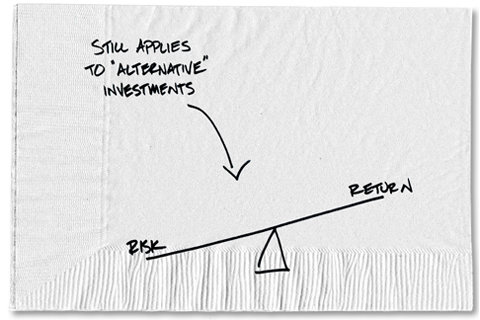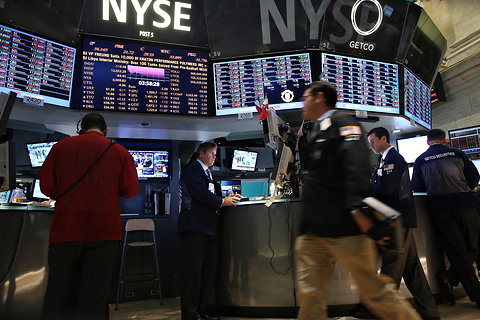He and his wife put aside $87,000. But four years ago, as the economic crisis took hold here, a bank official called Mr. López at home to suggest he move his money into a new “product” that would give him a 7 percent return.
“I asked, ‘Is this safe?’ ” Mr. López said. “I trusted him. He knew the money was for my son.”
Today, Mr. López is one of about 300,000 Spaniards who, in the midst of a brutal recession, have seen their life savings virtually wiped out in what critics call a deceptive and possibly fraudulent sales campaign by banks that were threatened by the implosion of Spain’s property market. Many, like Mr. López, are older and lack formal education, and were easily misled when bank officials hit on the idea of raising capital and cleaning debts off their books by getting people with savings accounts to invest in their banks instead.
For many of these savers, the first hint of trouble — and understanding that they had bought into risky investments — was when some of these banks essentially failed about two years ago. Overnight, they were unable to withdraw their money.
Soon, they came to understand that they had purchased complex financial products, originally designed for sophisticated investors. They had become creditors, and not at the head of the line, either.
The plight of these small-time savers — who invested $40,000 on average but have lost a collective $10.3 billion — has captured headlines and left the country torn about what should be done for them. Some say no matter how unsophisticated they were, they should have known better, especially when they were offered such a relatively high interest rate. They signed pages of documents saying they understood.
But others accuse Spain’s savings banks of fraud, by taking advantage of their most vulnerable customers when they already knew they were in trouble and facing possible bankruptcy. Spain’s construction boom collapsed in 2008, and according to a recent government report, the peak sales of these hybrid financial instruments occurred the next year.
Miguel Duran, a lawyer who is representing about 1,800 investors, including Mr. López, said almost all his clients had been called at home and told to ignore the pages of forms they were signing because the contents were only formalities.
He said even the name of the preferred shares they had been sold, called “preferentes” in Spanish, was deceiving. He said most of the clients believed they were getting a good rate because they, as longtime clients of the banks, were preferred customers.
In the past two years, the Spanish banking sector has been restructured and bailed out by the European Union. Most of the savings banks have been merged or absorbed into the country’s sturdier banks.
But most of those rescued were big international banks and investors, not the small timers who were steered into these risky investments — and who, like Mr. López, have lost about 88 cents on the dollar.
“I have such a sense of impotence,” Mr. López said. “And anger. It is hard to believe that it is all gone.”
Among the unhappiest investors are those who had their money in the seven failed savings banks that were merged into Bankia, a new nationalized bank. Last month, the bank exchanged their hybrid products for shares in the new bank, discounting them by 38 percent as dictated by the terms of the bailout. But once these shares went on the open market, their value plunged to 18 percent of their original value.
Hundreds of these shareholders have taken to protesting every Thursday night in the Puerta del Sol here, in front of a Bankia building that still bears the signage of the now defunct Caja Madrid savings bank. They chant accusations of fraud, their anger and despair close to the surface. Some are unemployed, behind in their mortgage payments or scraping by on state pensions, badly in need of the cash they had painstakingly saved.

Rachel Chaundler contributed reporting.
Article source: http://www.nytimes.com/2013/07/09/world/europe/spaniards-fight-to-get-savings-back.html?partner=rss&emc=rss

